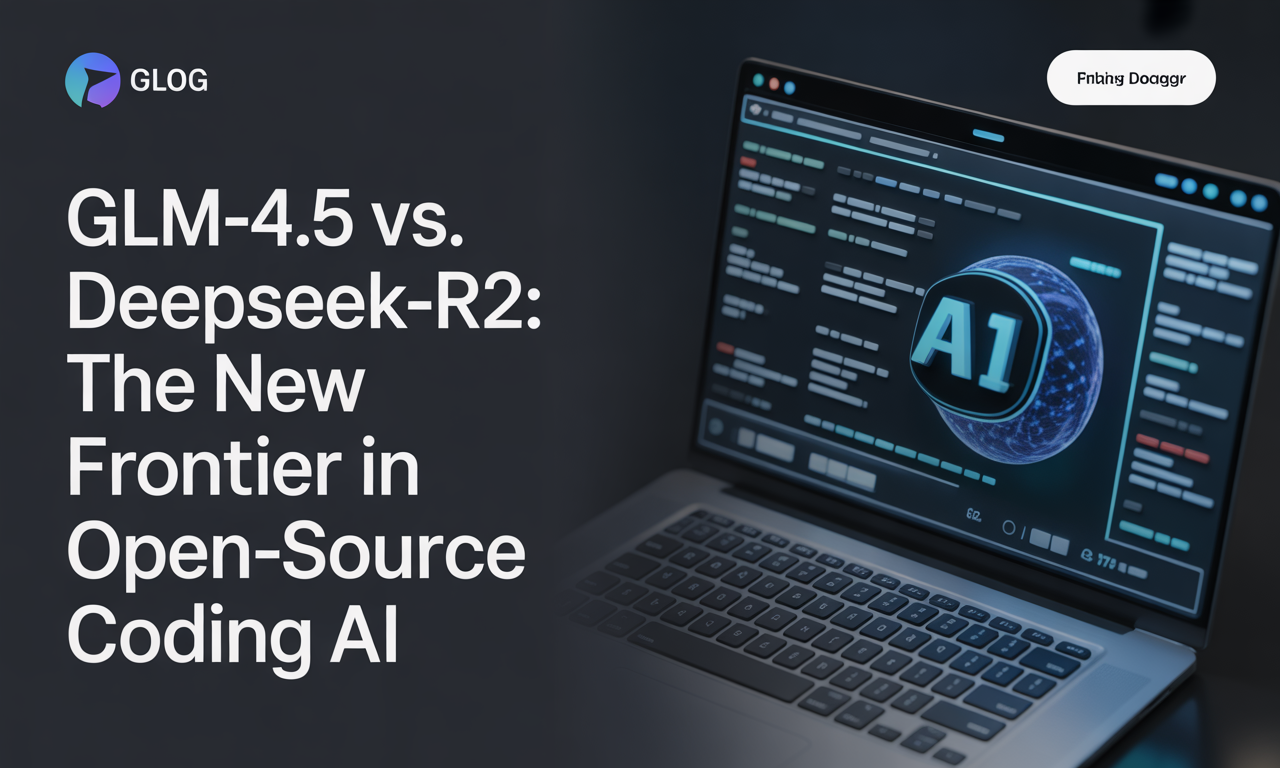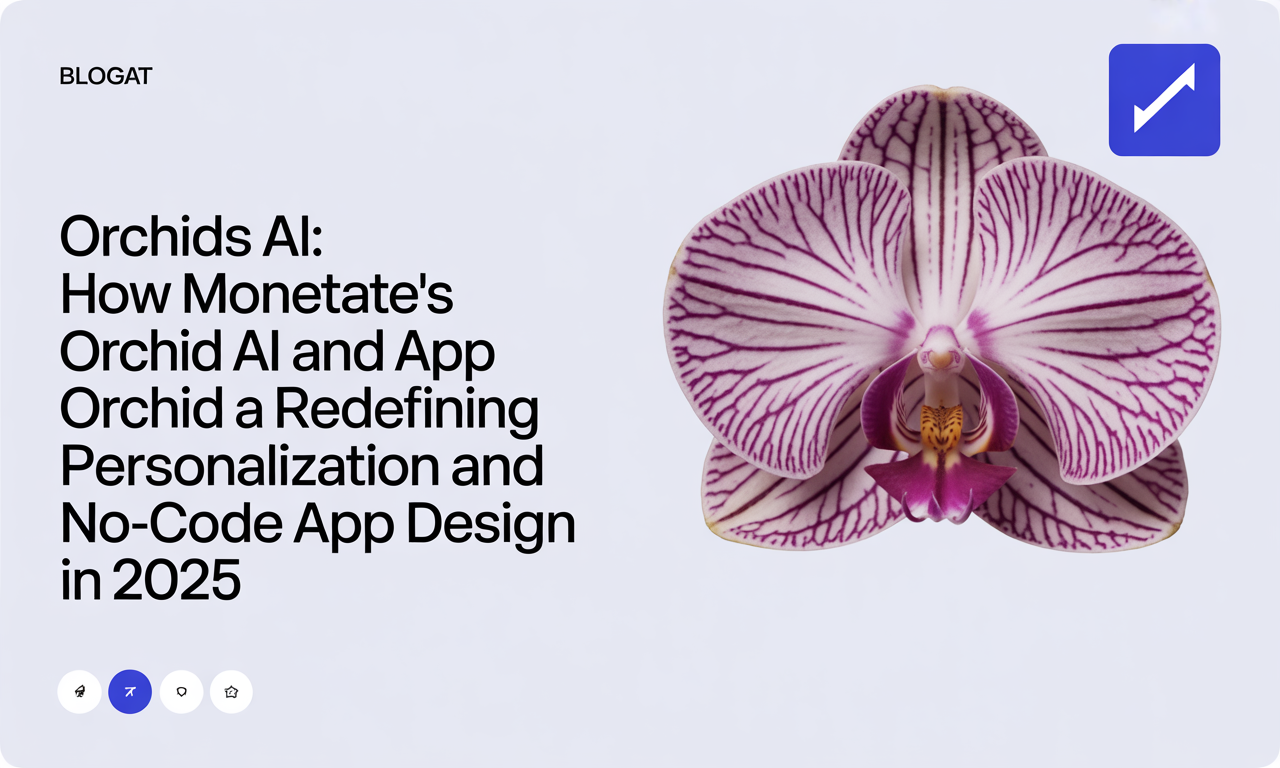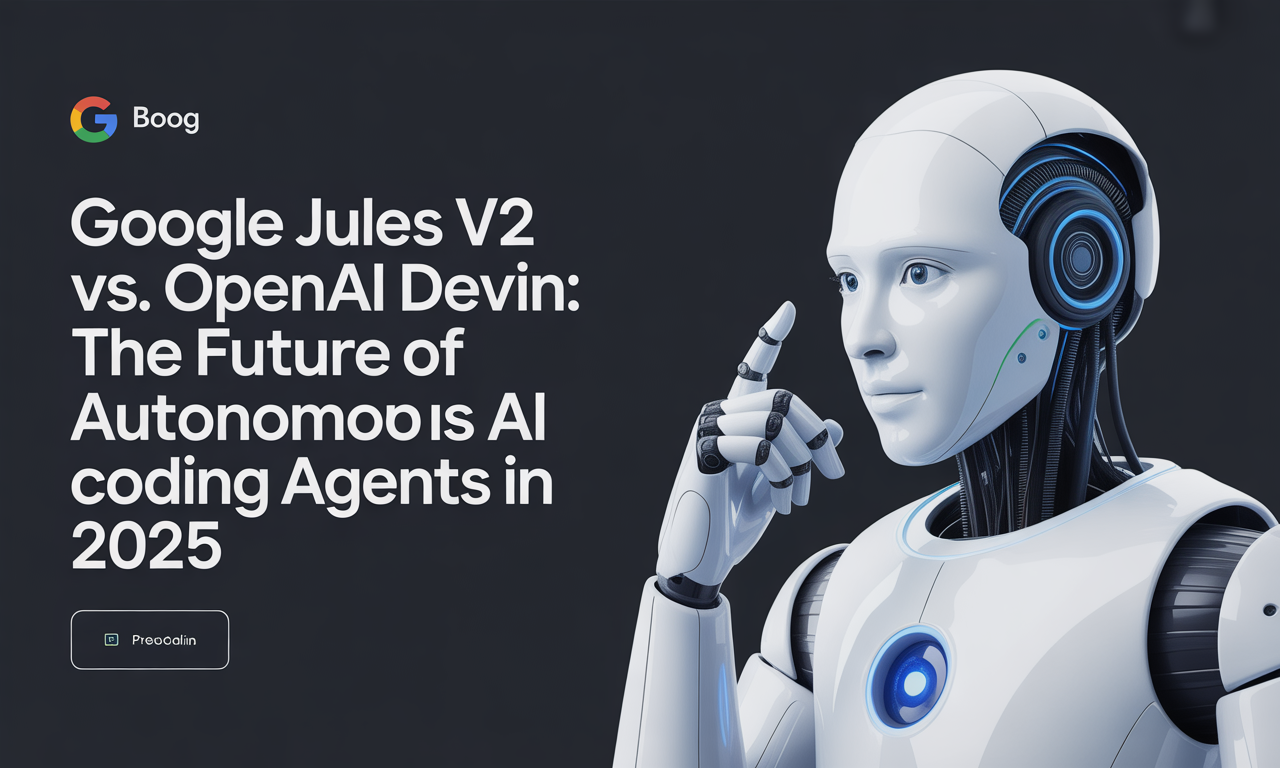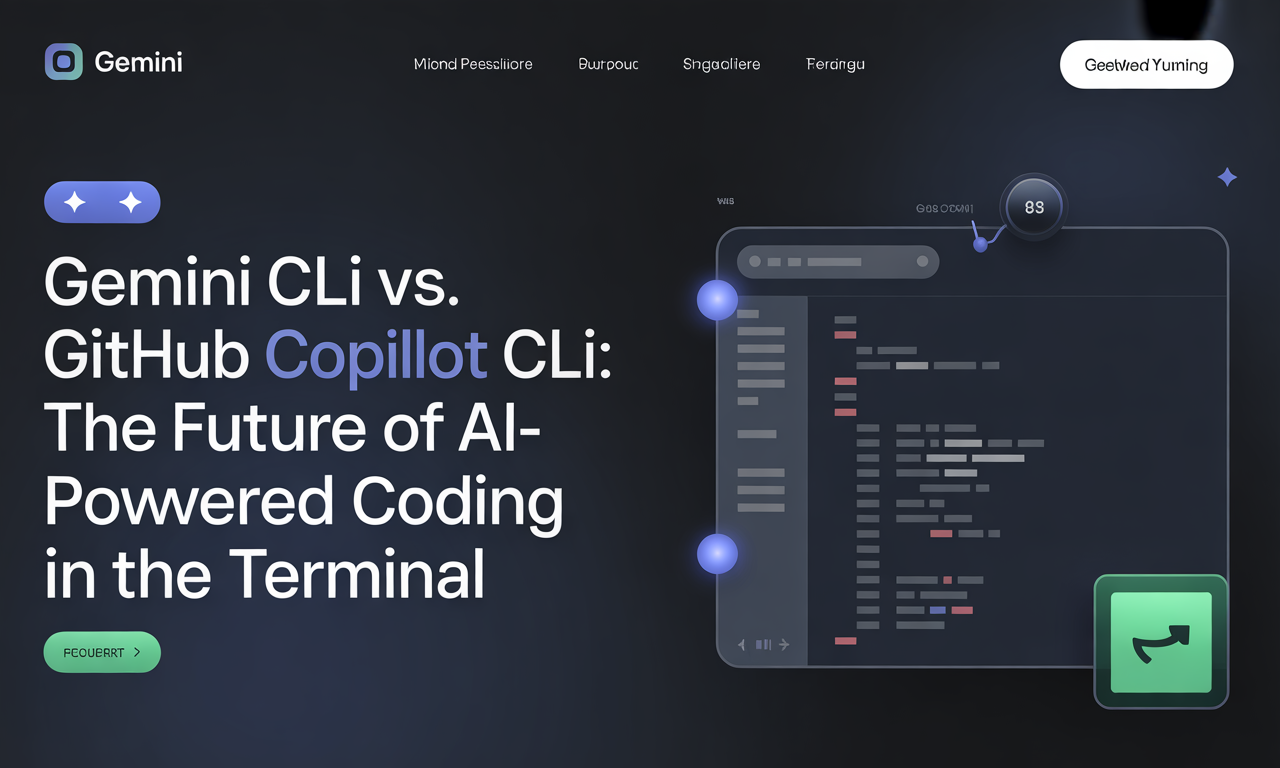GLM-4.5 vs. DeepSeek-R2: The New Frontier in Open-Source Coding AI
As artificial intelligence continues to reshape software development, the race to create powerful, efficient, and accessible coding AI models is heating up. Two dominant players in this space, GLM-4.5 from Z.ai and DeepSeek-R2 from DeepSeek, are redefining the open-source AI landscape in 2025. Both models aim to challenge proprietary giants like OpenAI’s GPT-4o by offering cost-effective, high-performance solutions tailored for coding and agentic AI applications.
In this comprehensive comparison, we’ll dive deep into the innovations, capabilities, and strategic positioning of GLM-4.5 and DeepSeek-R2, highlighting what makes each unique and what it means for developers, enterprises, and the broader AI ecosystem.
Understanding the Contenders: GLM-4.5 and DeepSeek-R2
Before dissecting their core features, it’s important to understand the context in which these models were developed. Both GLM-4.5 and DeepSeek-R2 are backed by Chinese government initiatives, part of a broader effort to foster AI innovation amid geopolitical challenges such as chip export restrictions.
| Feature | GLM-4.5 (Z.ai) | DeepSeek-R2 (DeepSeek) |
|---|---|---|
| Release Date | July 2025 | 2025 (R2 is the latest iteration) |
| Open Source | Fully open source | Mostly open source |
| Model Size | About half the size of DeepSeek | Larger than GLM-4.5 |
| Hardware Efficiency | Runs on 8 Nvidia H20 chips | Requires more hardware |
| Agentic AI | Yes (task subdivision for precision) | Not explicitly agentic |
| Specialized Coding Model | GLM-4.5-Flash (free, coding-focused) | DeepSeek Coder (coding-focused) |
| Token Pricing (Input) | $0.11 per million tokens | $0.14 per million tokens (R1 pricing) |
| Token Pricing (Output) | $0.28 per million tokens | $2.19 per million tokens (R1 pricing) |
| Target Use Cases | Coding, reasoning, agent-based applications | Coding, general LLM tasks |
| Government Backing | Yes (Chinese government support) | Yes (Chinese government support) |
GLM-4.5: Efficiency Meets Agentic Intelligence
Agentic AI Architecture: Breaking Down Complexity
One of GLM-4.5’s standout innovations is its agentic AI design. This means the model can decompose complex tasks into smaller, manageable subtasks, significantly enhancing precision and flexibility—especially beneficial in coding and reasoning scenarios. For developers working on intricate software problems, this translates to smarter code generation and more reliable debugging assistance.
Hardware Efficiency: Power with a Smaller Footprint
GLM-4.5 impresses with its hardware efficiency, running effectively on just eight Nvidia H20 chips—half the hardware footprint required by DeepSeek-R2. This is a strategic advantage given ongoing U.S. export restrictions on advanced chips, enabling uninterrupted AI development in China and potentially lowering infrastructure costs for users.
Open Source Accessibility and Cost Leadership
- Fully open source: GLM-4.5 is completely open-source, encouraging wide adoption and community-driven development.
- GLM-4.5-Flash: A free, coding-optimized variant that offers developers a robust tool without financial barriers.
- Competitive pricing: At $0.11 per million input tokens and $0.28 per million output tokens, GLM-4.5 undercuts DeepSeek’s pricing significantly, making it an attractive choice for startups and enterprises alike.
Variants Tailored to Different Needs
Z.ai has diversified its offering with:
- GLM-4.5-Air: A lightweight version for resource-constrained environments.
- GLM-4.5-Flash: A free, coding-focused model optimized for agentic applications.
This flexibility ensures developers can choose the best fit for their specific hardware and usage requirements.
DeepSeek-R2: Robust and Reinforcement Learning-Driven
Open Source with a Strong Coding Focus
DeepSeek has a notable history in open-source LLMs. Its DeepSeek-R2 iteration builds on this legacy, focusing on delivering robust performance across a variety of language tasks and emphasizing code generation through its DeepSeek Coder model. Though not fully open source, the model still supports community engagement and integration.
Reinforcement Learning for Resilient Performance
A key differentiator for DeepSeek-R2 is its training methodology. Reinforcement learning helps the model adapt and optimize its responses, aiming for greater efficiency and robustness. This approach can lead to improved performance in real-world coding scenarios where adaptability is crucial.
Pricing and Hardware Considerations
- DeepSeek-R2 is larger and requires more hardware resources, which could raise infrastructure costs.
- Pricing remains competitive relative to proprietary solutions but is higher than GLM-4.5, especially for output tokens ($2.19 per million tokens in DeepSeek-R1 pricing).
Market Impact and Strategic Significance
China’s AI Tiger Race
Both Z.ai (GLM-4.5) and DeepSeek are part of China’s government-backed “AI tigers,” a group of ambitious companies aiming to rival Western AI giants. Their rapid development cycles and open-source strategies reflect a broader ambition to democratize AI and secure technological sovereignty.
Open Source Momentum: A New Benchmark for Accessibility
GLM-4.5’s fully open-source status, combined with a free coding variant, sets a new industry standard for accessibility. This move encourages broader developer adoption and ecosystem growth, positioning GLM-4.5 as a community-friendly alternative to more restrictive proprietary models.
Hardware Adaptation Amid Geopolitical Challenges
The efficiency of GLM-4.5 to run on limited hardware resources directly addresses the impact of chip export restrictions. This adaptability not only ensures continuity in Chinese AI development but also highlights the model’s potential for deployment in environments with limited computational capacity.
Key Takeaways: Choosing Between GLM-4.5 and DeepSeek-R2
When deciding which model suits your needs, consider the following:
- Budget Constraints:
- GLM-4.5 offers lower token pricing, making it more affordable for frequent coding tasks.
- Hardware Availability:
- GLM-4.5’s smaller hardware footprint can reduce infrastructure costs and ease deployment.
- Open Source Commitment:
- GLM-4.5 is fully open source, fostering transparency and community-driven improvements.
- Task Complexity:
- GLM-4.5’s agentic AI architecture is advantageous for complex, multi-step coding problems.
- Performance Needs:
- DeepSeek-R2’s reinforcement learning may provide robustness in diverse language tasks beyond coding.
- Community and Ecosystem:
- Both models benefit from government backing and growing developer communities, but GLM-4.5’s free variant could accelerate ecosystem growth faster.
Limitations and Future Outlook
Although GLM-4.5 and DeepSeek-R2 are promising, some caveats exist:
- Benchmark Availability: Independent, peer-reviewed benchmarks comparing their coding capabilities are still limited as of mid-2025.
- Hardware Supply: Nvidia H20 chip availability may be constrained due to export controls, potentially impacting GLM-4.5 deployment.
- Evolving Models: Both models are expected to evolve rapidly, with community contributions and new releases shaping their trajectories.
Staying informed about updates and real-world performance reports will be essential for developers and organizations planning long-term AI integration.
Conclusion: Navigating the Future of Open-Source Coding AI
The advent of GLM-4.5 and DeepSeek-R2 marks a pivotal moment in open-source coding AI, with both models pushing the boundaries of what accessible, high-performance AI can achieve. For developers and enterprises seeking to harness AI for software development, these models offer compelling alternatives to costly proprietary solutions.
Actionable advice:
- Experiment with GLM-4.5-Flash: Take advantage of the free coding-focused variant to test its capabilities without upfront investment.
- Assess hardware resources: Choose a model that aligns with your infrastructure, balancing performance and cost.
- Engage with communities: Join open-source forums and developer groups to stay updated and contribute to model improvements.
- Monitor benchmarks: Keep an eye on emerging independent evaluations to inform your choice as more data becomes available.
- Plan for adaptability: Consider models’ ability to handle complex tasks and evolving requirements, especially if your projects need agentic AI capabilities.
Ultimately, whether you prioritize cost, efficiency, agentic intelligence, or reinforcement learning-based robustness, GLM-4.5 and DeepSeek-R2 represent the new frontier in coding AI—empowering a broader audience to innovate and accelerate software development in 2025 and beyond.



